The term “euthanasia” means any action committed or omitted for the purpose of causing or hastening the death of a human being after birth. It is usually done for the alleged purpose of ending the person’s suffering. The word is derived from two Greek words: “Eu,” meaning “easy,” and “thanos,” which means “death.”
The Vatican’s Declaration on Euthanasia states, “By euthanasia is understood an action or an omission which of itself or by intention causes death, in order that all suffering may in this way be eliminated” [¶II].
There are various types of euthanasia as well as interchangeable terminology. This makes understanding euthanasia more difficult for those not familiar with the nuances. Here, we will describe the different types of euthanasia and their morality.
Euthanasia and Assisted Suicide: Is There a Difference?
Euthanasia is sometimes used interchangeably with the term “mercy killing.”
Mercy Killing is an act of direct euthanasia usually committed for the alleged purpose of ending the suffering of an unproductive or terminally ill person. “Mercy killing” usually takes place without the express request of the victim and is carried out in the belief that it is the most compassionate course of action.
Another term used interchangeably with euthanasia is “physician-assisted suicide” – a, perhaps, more honest term. However, physician-assisted suicide is a very specific type of euthanasia, and it must be understood as such.
Suicide is the act of deliberately ending one’s life. Pro-euthanasia activists often speak approvingly of rational suicide, which means that a person has carefully contemplated his actions, as opposed to a person who acts impulsively, under duress, or under severe psychological or emotional stress.
Assisted suicide is the act of providing means in order to help a person take his or her own life. Physician-assisted suicide simply means that a doctor provides the means for a person to end their life. Specifically, this means that the physician provides a prescription or other means for a person to commit suicide; the patient, not the doctor, actually performs the lethal act. Pro-euthanasia activists sometimes refer to this as physician aid-in-dying or self-delivery. This is not simply a cessation of medical interventions; it is a deliberate and willful act.
Assisted suicide, mercy-killing, and euthanasia are used interchangeably, though they vary greatly in definition. Given that, there are some nuances to euthanasia. So, what are the types of euthanasia?
Types of Euthanasia: The Critical Distinction
Anti-euthanasia activists must be intimately familiar with the terms relating to euthanasia. Otherwise, they will be confused and ineffective in their efforts to save lives.Before reviewing the types of euthanasia, we must define the mode, or status – namely, whether it is active or passive.
- Active (positive, direct) euthanasia is action taken for the purpose of causing or hastening death. These measures may include a lethal injection or an overdose committed by a physician or other person.
- Passive (negative, indirect) euthanasia is action withheld for the purpose of causing or hastening death. These measures include the withholding or withdrawal of non-heroic measures, including food, hydration (water), and oxygenation. Examples of this type of euthanasia are the many infanticides committed each year in the United States by withholding food and water from handicapped newborn babies who would otherwise have lived. Another example of passive euthanasia is the withholding of food and water from a person in a so-called “persistent vegetative state,” or from someone whose health is not improving rapidly enough in the opinions of the attending health care workers.
The critical differences between active/passive and voluntary/non-voluntary/involuntary euthanasia and natural death must be defined precisely before any intelligent discussion on the various “shades” of euthanasia may proceed. Active or passive euthanasia can apply to any and all of the following types of euthanasia, which we will now review.
- Voluntary euthanasia is committed with the willing and autonomous cooperation of the subject. This means that the subject is free from direct or indirect pressure from others.
- Non-Voluntary euthanasia is committed when the subject is unconscious or otherwise cannot give consent. Permission may be granted by a court or by family members, or euthanasia may be performed at the discretion of the attending health care professional or caretaker.
- Involuntary euthanasia is committed on a subject against his expressed wishes.
This means that there are six general types of euthanasia: (1) Active voluntary, (2) Passive voluntary, (3) Active non-voluntary, (4) Passive non-voluntary, (5) Active involuntary, and (6) Passive involuntary.
Euthanasia and the Culture of Death
All of the elements of the Culture of Death — from contraception to abortion to homosexual rights — have made their advances primarily by emphasizing the “hard cases,” which usually make up from one to three percent of all of those affected.
The pro-euthanasia lobby has learned this lesson well. It has accomplished many of its goals by using scare tactics involving dramatic anecdotes of people in severe, unrelieved pain, who are being “kept alive by machines” with forests of tubes and beeping devices surrounding them, interfering with their peace and, above all, the vaguely-defined term “quality of life.” Pro-euthanasia groups have also confused lawmakers and the public by intentionally blurring the lines between direct and indirect euthanasia and a natural death. Pro-abortionists use precisely the same tactic when they lump contraceptives, abortifacients and abortion together.
Margaret Sanger and her peers strongly emphasized the “hard cases” in their relentless agitation for the legalization of birth control. First, contraception was legalized for heart-rending, heavily-publicized (and rare) exceptions, and then for more and more cases, until it was legalized by decree of the United States Supreme Court in 1968. Of course, these methods of birth control failed millions of times every year, leading to a demand for the legalization of abortion — again, only for the emotional “hard cases.” These exceptions expanded until the complete legalization of abortion in 1973.
As we know, both contraception and abortion strongly contribute to the breakup of families by enabling sexual promiscuity among both married and unmarried people. Meanwhile, the social demotion of the “traditional” family as the norm has been greatly accelerated by the availability of widespread divorce, pornography and pretend homosexual “marriage.”
This means that many sick and older parents are abandoned by their children, who are themselves struggling with fractured families and resultant poverty. The elders are often shuttled off to a “retirement facility” by their children, where they slowly begin to believe that life might not have very much purpose.
Under the guise of caring for those who are suffering and lonely, many Americans are now demanding “physician-assisted suicide.” The most “progressive” states — Washington, Oregon, California and Vermont — have already legalized the practice, but just for the “hard cases,” of course. Across the Atlantic, we can see the future of euthanasia — there are almost no limits on the practice in the Netherlands, Belgium and Switzerland.
As with both contraception and abortion, we are now hearing louder and louder calls for courts to resolve the “patchwork quilt of laws” across the states and to legalize euthanasia nationwide — but only for the “hard cases,” of course. Pro-euthanasia groups are also portraying the current state requirements of three requests for euthanasia as “burdensome,” and there is much agitation to jettison all such prerequisites and establish “euthanasia on demand.”
The Condition of the Patient is Crucial in Determining Morality
The condition of the patient, or subject, is paramount to determining what kind of euthanasia is in question and whether it is moral. Here, we will review the various situations a patient may be in:
- Do-not-resuscitate” is an order to medical professionals to not attempt CPR if the patient stops breathing or if their heart stops beating. In this case, medical professionals are ordered to let the patient die.2
- Coma is an abnormal deep stupor occurring in illness in which the patient cannot be aroused by external stimuli. Comas are sometimes induced in order to help a patient heal from a severe injury or to help him avoid an extreme degree of pain for a temporary period.
- Persistent Vegetative State, or PVS, is a term sometimes used synonymously with “brain death,” but the terms actually differ greatly in meaning. The American Academy of Neurology defines PVS as “a form of eyes-open permanent unconsciousness in which the patient has periods of wakefulness and physiological sleep/wake cycles, but at no time is the patient aware of him- or herself or the environment.” Many people refer to a person who lapses into an extended coma as one who has entered a “persistent vegetative state.” This is an inaccurate and demeaning term. To begin with, more than half of all patients in PVS eventually regain consciousness, as we will see. Perhaps even more important, we should avoid the term “persistent vegetative state” because it is dehumanizing. People are never “vegetables” at any time from fertilization to natural death, so we should not refer to them as such.
We must recognize that all human beings must be afforded dignity and care as basic rights, regardless of the seriousness of their condition. A more dignified term would be simply “comatose.” Finally, the term “persistent vegetative state” is a very imprecise catch-all term, and its meaning can vary substantially depending upon the outlook and the intent of the person using the term. Because it is so open to abuse, the term should be avoided altogether.
- Brain Death, or the exact instant of death in a human being, has been precisely defined by medical professionals. Blakiston’s Pocket Medical Dictionary provides measurable criteria with which to determine if brain death has actually occurred:
Cessation of neurologic functioning by the criteria of deep unconsciousness without response to painful stimuli, absence of spontaneous breathing, fixed pupils, spontaneous marked hypothermia, absent reflexes except rarely tendon reflexes, and an isoelectric electroencephalogram showing no electrical activity over 2 microvolts at maximum gain even with stimulation by sound, pain, or pressure, recorded for 30 minutes or longer at 24-hour intervals. Excluded are patients under profound central nervous system depressants or hypothermia.3
We have covered the definitions of the varieties of euthanasia (active and passive, voluntary, non-voluntary and involuntary) and the types of suicide. It is important to know terms relating to the natural end of a human life. We should also be familiar with the soothing and deceptive terms often used by pro-euthanasia groups.
Not All Allowance of Death Is Morally Wrong
It is crucial to note that not all cases of letting a patient pass away by withholding care that may otherwise extend their life are considered euthanasia, and thus may not be considered morally unacceptable. Natural death means allowing a person to die in comfort and peace by withholding excessive or heroic treatment that would only cause pain and lengthen the person’s lifespan by a modest or insignificant amount. Note that if medical professionals withheld the same treatment from a person in the same circumstances whose lifespan would be significantly lengthened by these measures, they would instead be committing passive euthanasia. Food, water, and oxygen must be provided during the person’s progression to natural death, because they are the right of every human being.
Letting a person die a natural death is not passive euthanasia. As Bishop Rene Gracida has defined it, “if the removal of a life-sustaining procedure is intended to avoid an unreasonable burden of the procedure, so that a quicker death is only an unintended side-effect of the decision, it is not a case of euthanasia.”4
An associated term is palliative care, which is treatment provided in order to alleviate pain and other discomfort that accompany a terminal illness without treating the illness itself, because such treatment is considered to be futile and not in the best interests of the patient.
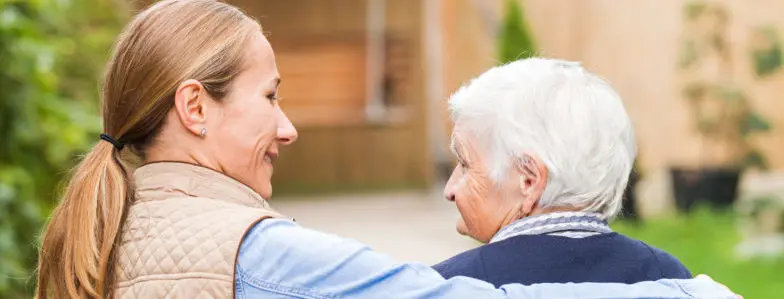
Hold On. Aren’t Euthanasia and Assisted Suicide Human Rights?
The Culture of Death has found that it can make great progress by emphasizing the “hard cases” and by framing all of its initiatives in terms of “human rights.” They exaggerate the occurrence of these “hard cases” and use them as applicable across the board. It is irrelevant whether or not such “rights” are moral or immoral, beneficial or terribly destructive, legal or illegal, or even if they exist. They see all individuals as bundles of rights that must possess the maximum possible degree of freedom in order to be happy.
Of course, this is a very effective way to advance their own agendas, whether or not they are in the best interests of the people.
Regarding euthanasia, the Culture of Death has coined the term the “Right to Die.” This makes it seem like it’s a denial of basic human rights to oppose or refuse euthanasia. In reality, the Right to Die does not actually exist, according to either the laws of God or the laws of man.
Pro-euthanasia activists cleverly fabricated a “right to die” in order to appeal to people who have become conditioned into unthinkingly accepting new and dangerous “rights.” The “rights” formulated under the umbrella “right to privacy” include contraception, abortion, direct and indirect infanticide, various homosexual activities, pornography and euthanasia. Courts have used the so-called “right to privacy” repeatedly to legitimize behavior that many people find abhorrent or immoral ― quite simply because there is no possible legitimate justification for them.
Fundamentally, the “right to die” is not a right ― it is the forfeiture of all possible rights, and, as in the Netherlands, Belgium and the People’s Republic of China, will inevitably become for many people the duty to die. As former Colorado Governor Richard Lamm asserted, “We have a duty to die. It’s like leaves falling off a tree forming the humus for the other plants to grow out. We’ve got a duty to die and get out of the way with all of our machines and artificial hearts and everything else like that and let the other society, our kids, build a reasonable life.”5
Other pro-euthanasiasts have gone so far as to allege that living a long and healthy life is actually an immoral act! John Hardwaig, Professor of Medical Ethics and Social Philosophy at East Tennessee State University, has claimed:
There may be a fairly common responsibility to end one’s life in the absence of any terminal illness…. There can be a duty to die even when one would prefer to live. To have reached the age of, say, 75 or 80 years without being ready to die is itself a moral failing, the sign of a life out of touch with life’s basic realities.6
Dying With Dignity
Death with Dignity is a difficult term to address, because it is so slippery and hard to define. This failing, of course, makes it a perfect tool for the euthanasia pushers.
There is more to life than dying to make way for the next generation. It is not necessary only to die well and with dignity, but also to live well with dignity.
All people, whether they support or oppose euthanasia, desire a dignified death for themselves and for their loved ones. But the primary conflict arises over the definition of “dignity.”
- Pro-euthanasia activists perceive a loss of physical or intellectual dignity when a person becomes incontinent, incoherent and confused, suffers intractable pain, or feels that he has lost control of his destiny.
- Anti-euthanasia activists perceive a loss of spiritual dignity when a person loses his focus on God and instead desires only a release from an existence that he or others may find pointless and wasteful.
The terminally ill person’s state of mind highlights the difference in viewpoints.
When a person’s fear of death is exceeded only by his fear of pain or loss of control, he is terrified. He may see death as only a blessed release from his current situation. He may indeed fear what happens after death, but primarily focuses only on his present circumstances. Such a person necessarily defines his degree of dignity by purely physical or emotional criteria.
However, it is essential to note that, even if one loses their dignity during life, the answer is never an unnatural death. This truth may be difficult for those in crisis situations.
When a person overcomes his fear of both death and pain and accepts and transcends them with a deep peace at the end of his life, he realizes that purely physical measures of “dignity” are inappropriate because they are incomplete. True compassion demands that all of us love and support one another regardless of our functional capacity or appearance and prepare the dying for their ultimate meeting with God. This is the true definition of living with dignity, even when in the last stages of dying.
Thus, the focus should turn from death as an escape in a crisis situation or because dignity has been lost. Instead, the focus should become living the last moments of life with dignity and passing naturally into the next life.
Over the past few decades, society has defined two classes of born human beings who are not suffering, but who are nonetheless candidates for “mercy killings” (as defined above) ― handicapped newborns who could otherwise live long lives, and people in an extended comatose state. Pro-euthanasia groups are now attempting to extend this lethal “privilege” to terminal patients and nursing home residents, regardless of their emotional state or level of pain. It is inevitable that the number of people eligible for “mercy killings” will expand rapidly and uncontrollably, just as it did in Nazi Germany, and just as it is doing in the Netherlands, Switzerland and Belgium today.
“Mercy killing” of both infants and adults is a logical extension of the practice of elective abortion committed to eliminate handicapped preborn babies. If healthy preborn babies can be killed up until the moment of birth because the mother perceives her health or well-being is threatened, then why can they not be killed shortly after birth, especially if they have a serious chromosomal defect such as Down’s Syndrome?
Down’s Syndrome children are among the happiest and most contented human beings in existence, often living well into adulthood and giving great joy to others. In fact, surveys have shown that people with Down’s are by far the happiest group of people on Earth, with an incredible 99% saying that they are satisfied and happy with their lives. Yet 90% of them are killed in utero, not because they will suffer, but because their parents perceive that they will suffer.
If a person accepts death on God’s terms, it is a mercy. However, if others force it on us, or if we strive for it due to the dictates of our misguided consciences, it is a dreadful burden, seemingly acceptable only because it appears to be less terrible than the pain.
It All Comes Down to Intent
Despite the forest of confusing terms, in the case of euthanasia, it comes down to one thing — intent. If the intent of the action or omission is to hasten the death of a person, this is euthanasia and is never morally permissible. However, if the intention of the action or omission is simply to let nature take its course and not unnecessarily prolong the process of dying, then it is permissible to withhold or withdraw a treatment or procedure.
In summary, euthanasia is a morally unacceptable practice that is the intentional killing of a patient due to the inconvenience, or the perceived or actual pain suffered by the patient. Often termed “mercy killing,” there is nothing merciful about killing a patient.
Instead, the focus should be on living the last moments of life with dignity and dying naturally. We can let a person pass peacefully when their life cannot be significantly lengthened and the measures to keep them alive are unreasonable or overly burdensome. Even then, a patient must have access to the basic human rights of food, water, and oxygen until their death.
Ultimately, it is intent, not the consequences of the situation, no matter how dire, that determines the morality of a particular act.7
This article was most recently updated in April 2023.
+ Endnotes
[1] Remarks at the dedication of the Hubert H. Humphrey Building, November 1, 1977, Congressional Record, November 4, 1977, Volume 123, page 37,287.
[2] Dugdale, David C. “Do-Not-Resuscitate Order: Medlineplus Medical Encyclopedia.” MedlinePlus. U.S. National Library of Medicine, 2022. https://medlineplus.gov/ency/patientinstructions/000473.htm.
[3] Pope St. John Paul II, during his address to the 18th International Congress of the Transplantation Society on August 29, 2000, said:
Acknowledgement of the unique dignity of the human person has a further underlying consequence: vital organs which occur singly in the body can be removed only after death, that is, from the body of someone who is certainly dead. This requirement is self-evident, since to act otherwise would mean intentionally to cause the death of the donor in disposing of his organs…. When can a person be considered dead with complete certainty? In this regard, it is helpful to recall that the death of the person is a single event, consisting in the total disintegration of that unitary and integrated whole that is the personal self…. Specifically, this consists in establishing, according to clearly determined parameters commonly held by the international scientific community, the complete and irreversible cessation of all brain activity (in the cerebrum, cerebellum and brain stem). This is then considered the sign that the individual organism has lost its integrative capacity.… Here it can be said that the criterion…for ascertaining the fact of death, namely the complete and irreversible cessation of all brain activity, if rigorously applied, does not seem to conflict with the essential elements of a sound anthropology.
Pope St. John Paul II, in an Address to the 18th International Congress of the Transplantation Society on August 29, 2000.
[4] Bishop Rene H. Gracida, Corpus Christi, Texas. “A Dissent from the ‘Interim Pastoral Statement on Artificial Nutrition and Hydration’ Issued by the Texas Conference of Catholic Health Facilities and Some of the Bishops of Texas.” Diocesan Press, May 25, 1990, paragraph 2.
[5] Former Colorado Governor Richard D. Lamm, in a March 27, 1984 address to the Colorado Health Lawyers Association, quoted in the Star Tribune, March 29, 1984, page 13A, and The New York Times, March 29, 1984.
[6] John Hardwaig, Professor of Medical Ethics and Social Philosophy at East Tennessee State University. “Is There a Duty to Die?” Hastings Center Report, March/April 1997.
[7] “A Guide to Making Good Decisions for the End of Life: Living Will and Durable Power of Attorney for Health Care.” Washington State Catholic Conference, 200


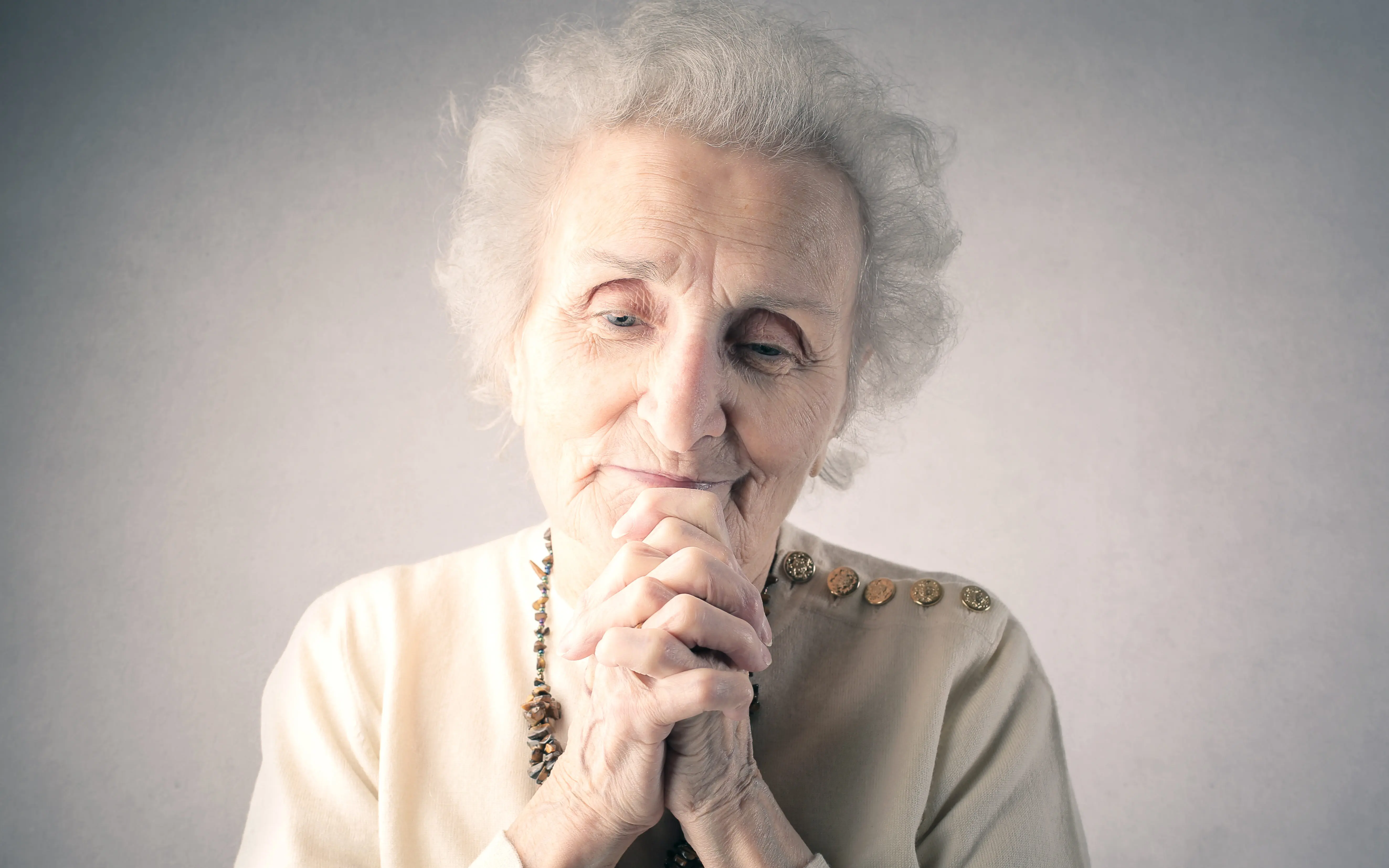
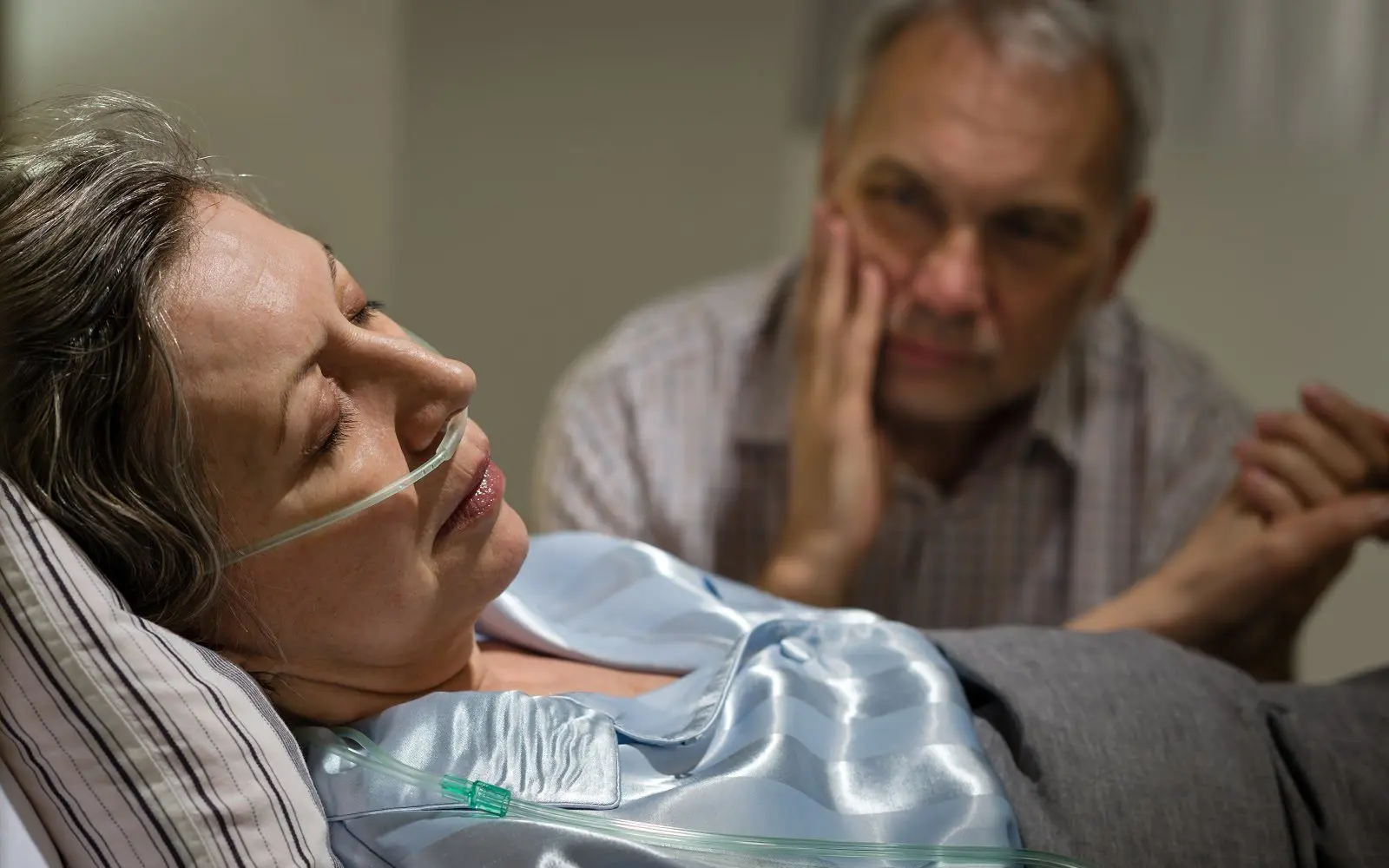


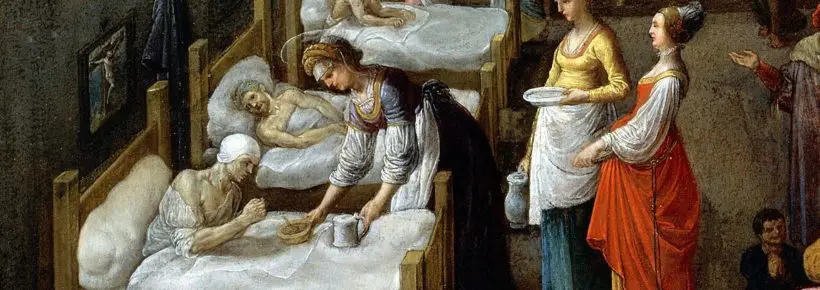
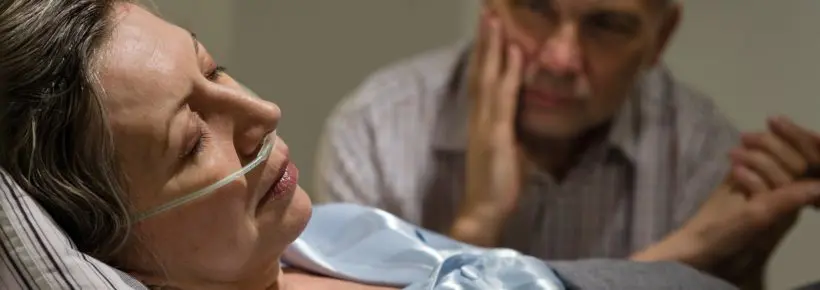

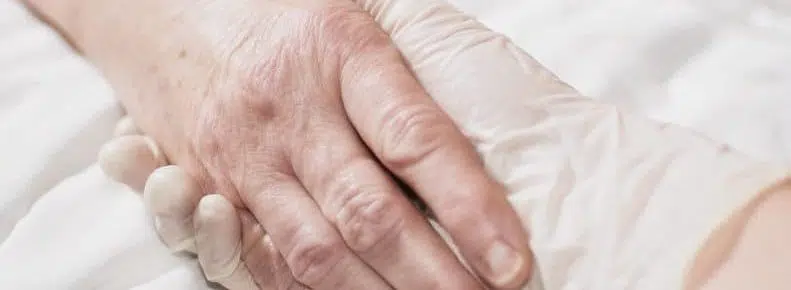

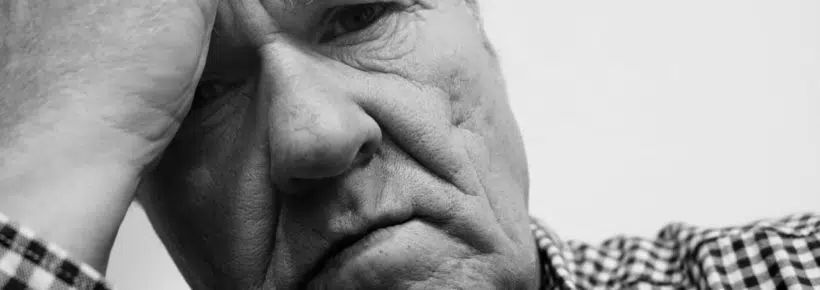
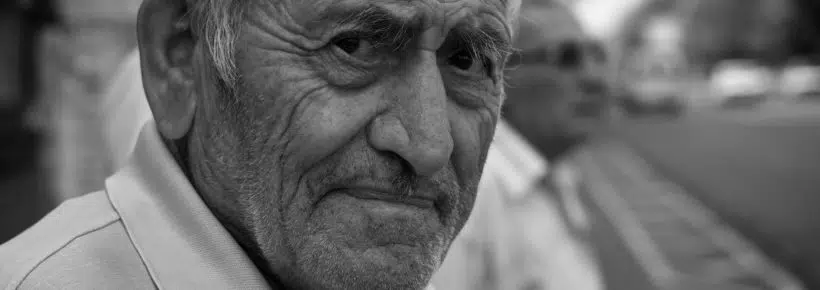
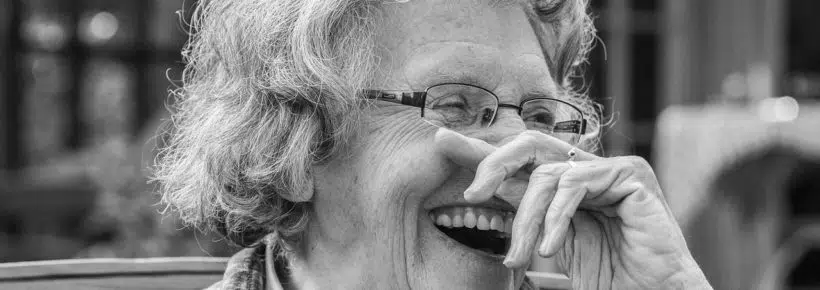



Interesting and especially during an outright global genocide .💉
At this point in time as we come closer to our own extinction, we should prevent new births from coming into this GOD FORSAKING WORLD that these will not be harmed by the so many nit-wits that have control over this highly violent and mad world. As far as “GOD” is concerned, is more the problem then the cure, creating evil, making humans uncivilized and unintelligent and commanding them to love one another is simply nonsensible. If GOD knows the end from the beginning GOD would know to make mankind intelligent so as not to have sent god’s only begotten son to suffer the sins of the world, as intelligence can not err in acts of unintelligence which comes with all evil acts that would surely displeased the lord. It would have been a better move for GOD to fill the world by replicating his begotten son into billions where then GOD would have prevented regretting making mankind and the grieving in his heart.
Christopher, While there are problems in the world to work through, nothing is perfect on this side of heaven. We take a much more optimistic view of God, the world, and our fellow man. God is good and He created us in His own image. Every individual has an inherent dignity and right to life, no matter the circumstances.
As far as every individual having an inherent dignity and RIGHT TO LIFE, sounds nice in a perfect world where it would be sustainable. One cannot have an inherent right to life if it can be taken away from them by mere mortals, rendering it a delusion.
That’s just the point, Christopher. “Mere mortals” do not have the right to take away the innocent life of another. We need to fight back on that ideology and laws that enable it. Instead, we need to help women and others, so that the decision to abort or to euthanize doesn’t seem like the only answer.
We have seen that silos in pro-life education and advocacy are wholly ineffective and at times such as this misleading and only enable those we fight and the evils they perpetrate. I encourage you, as the scholar that you are, to collaborate with Dr. Elizabeth Wickham of LifeTree.org and Dr. Paul Byrne of Life Guardian Foundation.